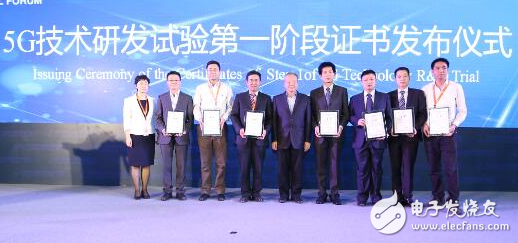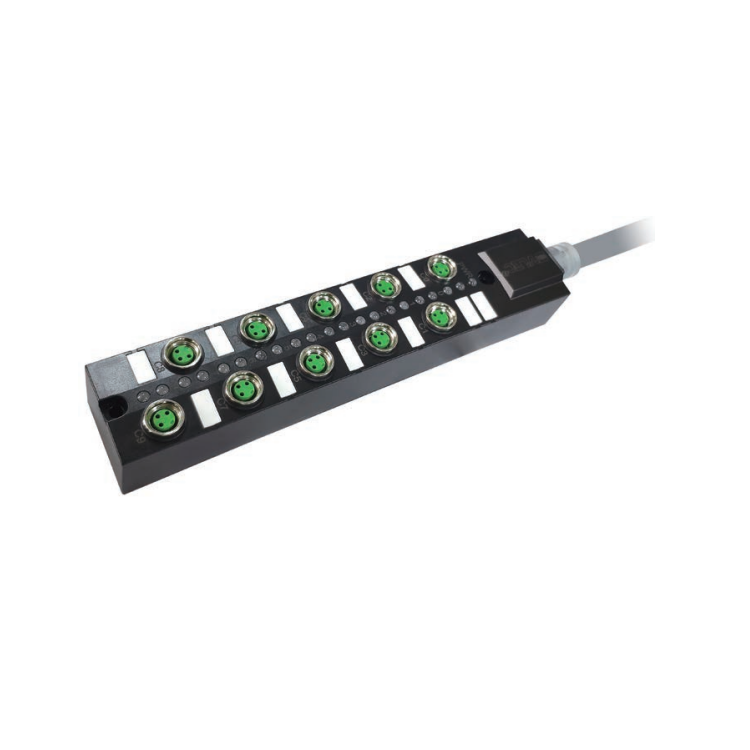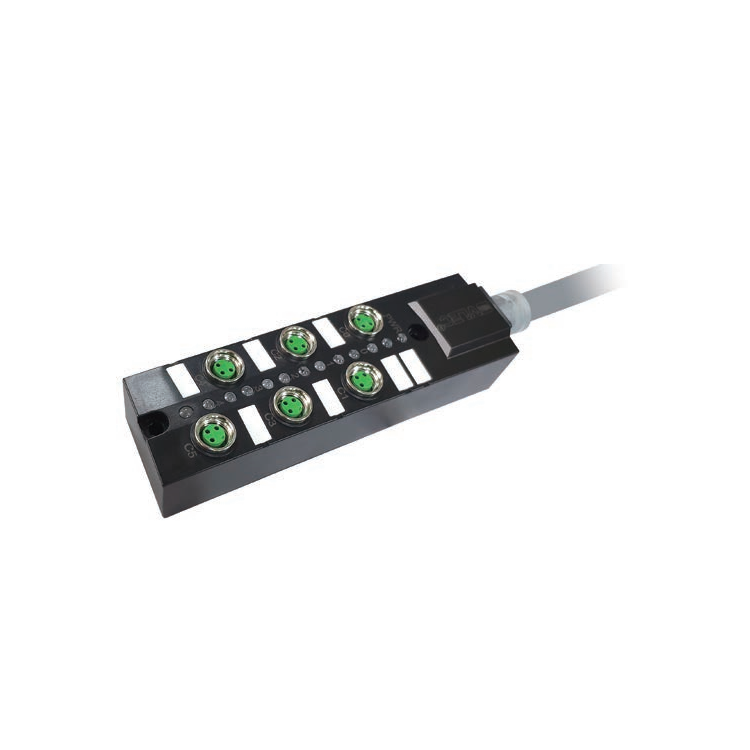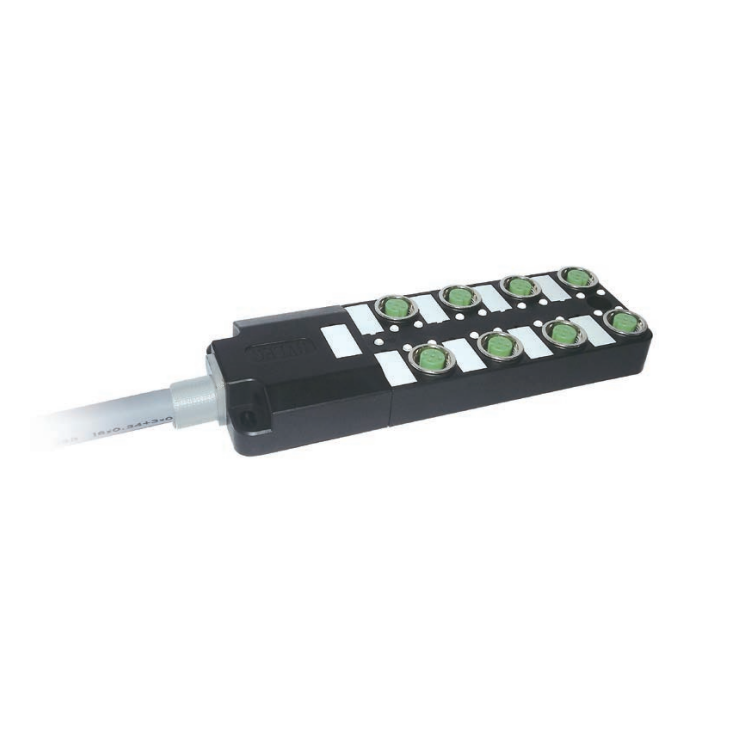The IMT-2020 (5G) promotion team issued the first phase of the test results of China's 5G technology R&D test, and issued certificates to seven domestic and foreign companies including Intel, which participated in this phase of the test, in recognition of these enterprises as China's 5G technology. Outstanding contributions from R&D trials.
As the only chip company among the seven companies that obtained the certificate, Intel has successfully completed the relevant tests of 5G wireless and network key technologies of mobile edge computing (MEC) and mass MIMO (Massive MIMO), and the test results have reached expectations.

China's 5G technology R&D test was launched in January 2016 and was divided into three phases: key technology verification, technical solution verification and system solution verification. In the first phase of the trial, the IMT-2020 (5G) Advancement Team worked closely with participating organizations including Intel to complete the performance and functional testing of key 5G wireless and network critical technologies, including: 7 wireless key technologies such as antenna, new multi-access, new multi-carrier, high-band communication, and 4 network key technologies such as network slicing and mobile edge computing.
The first phase of the test fully validated the technical feasibility of these key technologies in supporting Gbps user experience rates, millisecond end-to-end delays, and millions of connections per square kilometer of diverse 5G scenarios, further enhancing the industry's push for 5G technology innovation. Confidence in development. The second phase of the trial will focus on the development and testing of wireless air interface and network technology solutions for mobile Internet, low latency, high reliability and low power consumption large connectivity 5G typical scenarios, and plans to complete by the end of 2017. This will lay an important foundation for the commercialization of 5G in China in 2020.
Huang Yuhong, vice president of China Mobile Research Institute, mentioned that in the promotion of 5G industry, it is hoped to form a high-frequency and low-frequency full-band synergy. The key to the success of 5G development needs to have a low frequency band to meet its wide coverage and also support high-speed mobile. The need for a large connection to the development of the Internet of Things. Therefore, in the follow-up test and test phase, China Mobile will comprehensively promote the testing of low-band and high-frequency bands. It is hoped that the small-scale test of the system will be realized in 2017, and the pre-commercialization will be formed, and a 5G prototype for commercialization will be formed, and then in 2018 and 2019. The scale test was carried out in the year.
From smart devices, wireless access technologies, network infrastructure, core networks to the cloud, 5G is not just a wireless technology. It also integrates computing and cloud technologies. It leaves computing, and the evolution of simple communication technologies cannot achieve intelligent interconnection of everything. . Therefore, Intel, which has strong computing power, also saw 5G opportunities early, and provided 5G end-to-end solutions from devices and networks to the cloud. Through the 5G mobile experimental platform and other projects, it promoted the development of prototype solutions and accelerated 5G. Development and implementation.
For the 5G demand, pure channel ratio improvement is far from meeting the future network performance requirements. From Intel's point of view, more spectrum synergy and overall network performance improvement are critical. In order to ensure that the network provides sufficient service support for various new services, better utilization of network resources, and the advantages of 5G networks to play smaller base stations, more optimized cooperation, etc. are very important.
In addition to the technical verification project on the network side tested in the first phase, Intel is also developing the 5G mobile test platform, and has been updated to the second generation, which can support both high frequency and low frequency, and also supports 5G in algorithm. Various technical verifications. It is expected that by the end of 2017 to the beginning of 2018, the opportunity will be further upgraded to the latest version of 3GPP.
The transition to 5G combines communication and computing and is revolutionizing the entire industry. Aicha Evans, vice president and general manager of the communications and equipment division at Intel, has emphasized that billions of intelligent networking devices, personalized services for massive amounts of data, and cloud applications require smarter, more powerful network support, convergence of communications and computing. It will lay the foundation for a future 5G network and is critical to achieving an amazing experience in the future.
SVLEC provide M8 M12 junction box, which connects sensors and actuators to the control system. They are ideal for harsh conditions, especially for cooling and lubricants. Fully encapsulated housing provides a higher level of protection and excellent shock and vibration resistance .



Distribution System,M8 Junction Box,M23 Input Distribution Box,Cable Distribution Box
Kunshan SVL Electric Co.,Ltd , https://www.svlelectric.com